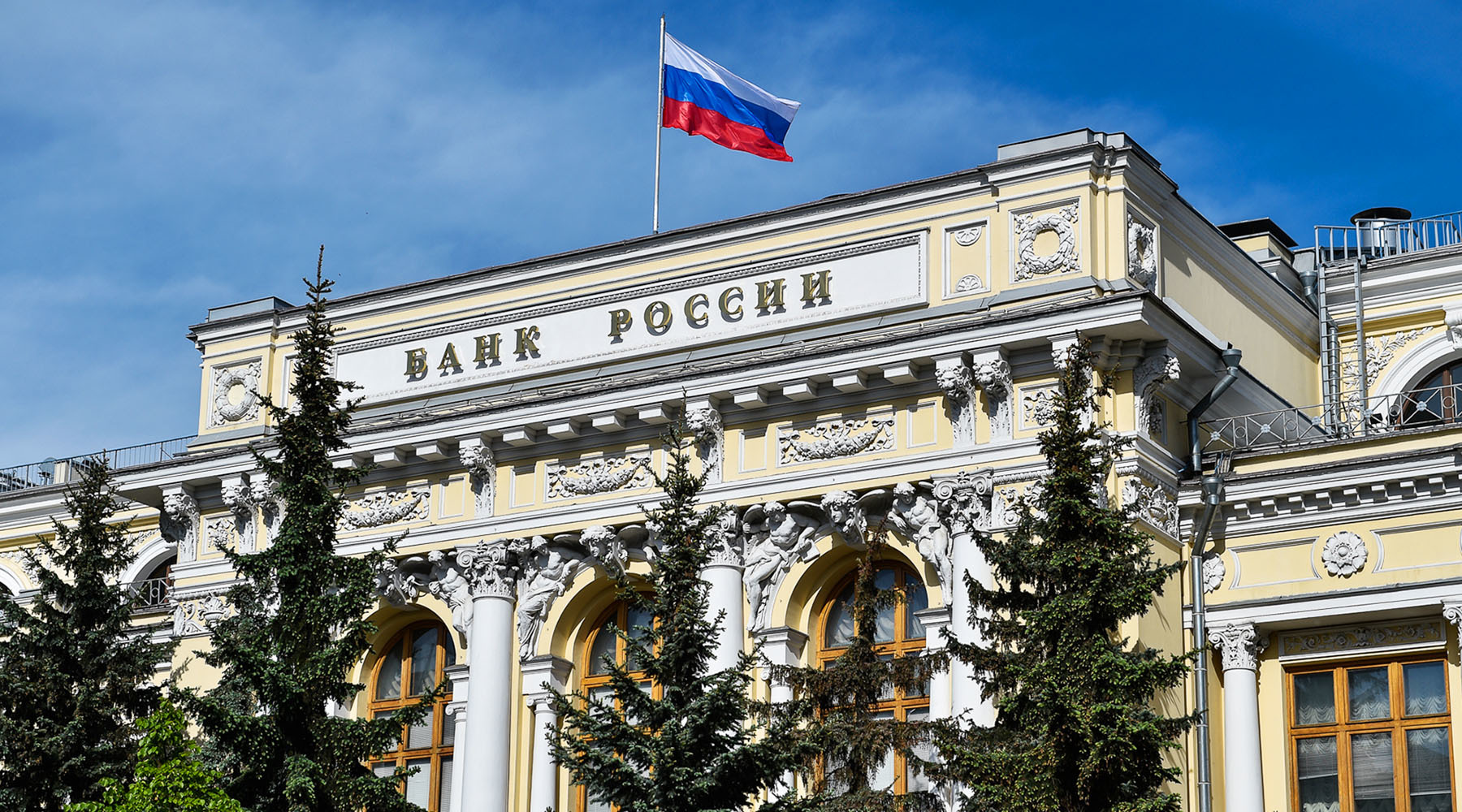At the end of April, the Russian currency was able to partially recover from the March losses. So, over the past month, the dollar exchange rate on the Moscow Exchange fell by 5.1% - from 78.4 to 74.4 rubles, and the euro - by 5.9%, from 86.5 to 81.4 rubles. At the same time, at the auction on April 30, the values in the moment dropped to 72.6 rubles and 79 rubles, respectively.
“April was quite positive for the ruble. According to the results of the month, the national currency has become perhaps the strongest among analogues of developing countries, ”said Ivan Kopeikin, head of the analytic content of BCS Broker, in an interview with RT.
The official exchange rate of the Central Bank on May 1-6 was set at 72.73 rubles per dollar and 79.12 rubles per euro.
According to RT analysts surveyed, in the coming month, one of the key factors for the dynamics of the ruble will be the state of affairs in the global oil market. On Friday, May 1, the countries participating in the OPEC + deal begin to reduce hydrocarbon production by 9.7 million barrels per day. At the same time, a decrease in production should begin in ten other countries - exporters of raw materials, including in the USA, Norway, Argentina and Canada.
As previously stated by the head of the Ministry of Energy of Russia, Alexander Novak, the total volume of reduction in oil production by world producers of raw materials may reach 15-20 million barrels per day. The actions of countries should compensate for the fall in global demand for hydrocarbons and eventually lead to a recovery in oil prices, said Ivan Kopeikin.
“In connection with the new agreements between exporters, we expect a significant reduction in oil supply. At the same time, prerequisites have now appeared for a gradual increase in demand, which will generally restrain oil prices from new collapses, ”the analyst explained.
In many respects, the change in demand for energy resources will continue to depend on the situation with the COVID-19 pandemic. The spread of coronavirus and quarantine measures in many countries of the world provoked a massive reduction in trade, passenger traffic and fuel consumption. As a result, the reservoirs of the world's oil storage tanks were almost full, and it is becoming increasingly difficult to make new deliveries.
However, global investors are counting on a phased relaxation of quarantine restrictions in the coming months. Against this background, global oil demand should begin to grow. About this RT told the analyst of the information-analytical center "Alpari" Vladislav Antonov.
“At the moment, the whole world is monitoring when countries begin to quarantine and there will be news about a vaccine or a cure for coronavirus. Market participants today are primarily interested in this topic, ”the expert explained.
As Finam analyst Alexei Kalachev noted in an interview with RT, in May, amid the expected weakening of quarantine in Europe, oil prices could rise to $ 30 per barrel and reach $ 40 by the end of the year. According to experts, the growth of oil quotations should have a positive impact on the exchange rate of the Russian currency.
- globallookpress.com
- © Aleksey Ivanov / TV Zvezda
At the same time, the actions of the Central Bank can play in favor of the ruble. On March 10, the Central Bank began proactive sales of foreign currency in the domestic market. Thus, the regulator increases the demand for rubles and thereby supports the Russian currency. Moreover, according to Ivan Kopeikin, an additional factor in the strengthening of the ruble could be the influx of foreign investment in government debt securities of Russia.
“The volume of sales of foreign currency by the Central Bank already exceeds 20 billion rubles per day. Moreover, Russia now has an extremely low level of debt ($ 450 billion), which can be fully covered by our international reserves of $ 551 billion. This attracts foreign investors who are more willing to buy Russian government bonds. As a result, additional capital inflows help strengthen the ruble, ”Kopeikin explained.
In addition, from May 15, the tax period will begin to provide additional support to the ruble, Vladislav Antonov believes. At this time, exporting companies traditionally begin to sell foreign currency and buy rubles for taxes.
According to Antonov, in May a certain pressure on the exchange rate of the Russian currency may be exerted by the deterioration of the economic dynamics of Russia against the background of the situation with coronavirus. According to the Central Bank, as a result of restrictions in the second quarter of 2020, the country's GDP may decline by 8%, after which it will begin to recover gradually.
At the same time, analysts do not expect the ruble to weaken in the last month of spring. As RT chief analyst at QBF Oleg Bogdanov told RT, under current conditions, by the beginning of summer, the dollar could drop to 72-73 rubles and the euro to 78 rubles. At the same time, according to Vladislav Antonov’s assessment, if the situation in the stock and oil markets does not worsen, according to the results of May, the values may drop to 68 and 75 rubles, respectively.

